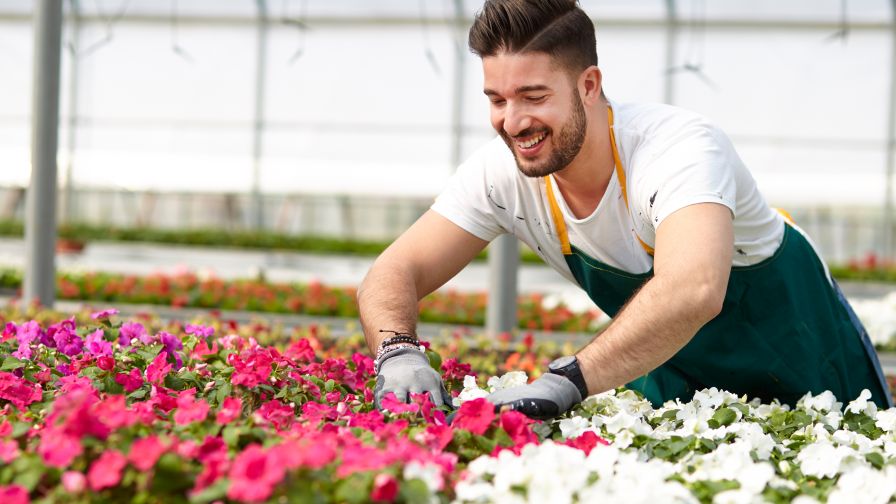How Indoor Farming Might Disrupt the Produce Industry
Over the past decade, indoor vertical farms popping up in cities around the country have begun to decentralize the produce market. But can they scale enough to provide consumers with local vegetables and fruits year-round, while still being able to compete with the price of conventionally grown produce?
“By remotely monitoring and analyzing the data across our global network of modular farms in real-time, we’re not only able to offer a closer, more sustainable alternative to industrial farming, but we’re able to improve the way our produce grows to offer a fresher, tastier product year-round,” said Emmanuel Evita, Global Communications Director of Infarm, in an article on Forbes.com. Infarm has more than 1200 indoor farms in stores and distribution centers in the U.S., Canada, and Europe.
There’s no doubt that vertical farms will play a role in feeding the growing worldwide population, especially as increasing climate disruptions make outdoor farming more unpredictable. However, much of the indoor farming industry is still trying to figure out the best model, whether that looks like distributed or centralized indoor farms to produce food efficiently and sustainably.
Learn more in this article on Forbes.com.









